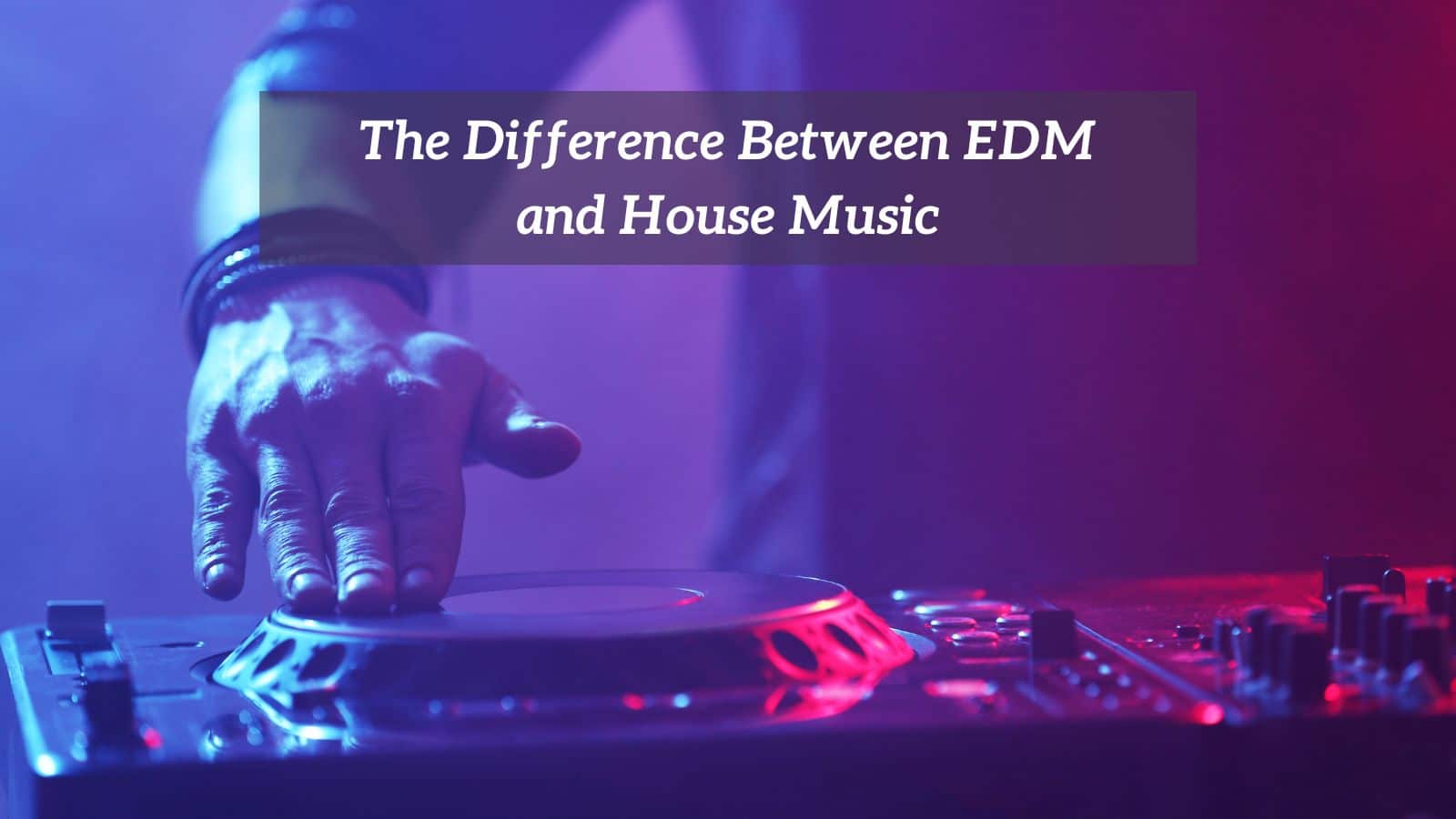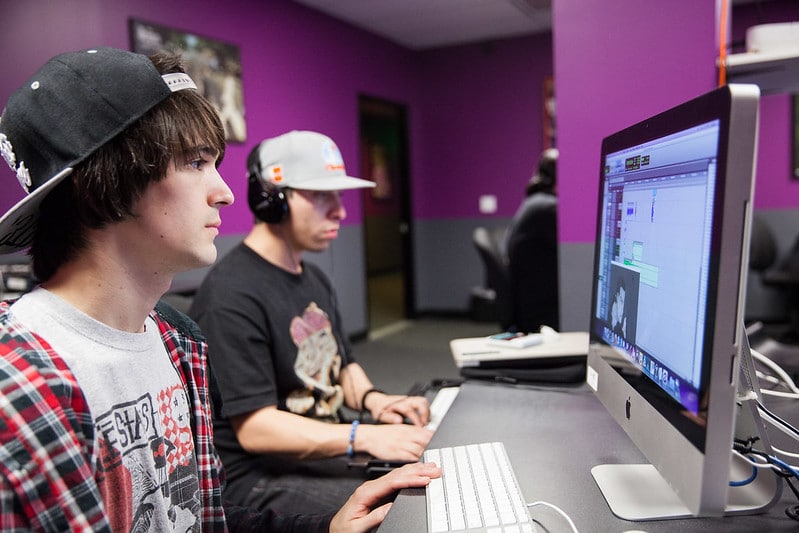
One of the most stimulating challenges in the popular culture of the 21st century is understanding the ever-expanding world of electronic music.
The title above references EDM and House music but there’s also trance, trap, techno, dubstep, drum & bass to include a few.
It is quite a complex process to accurately decipher one sub-genre from another even for those who could be considered as devotees of this style of music. In this article, I will survey the EDM universe and hopefully clarify a few key details.
The Difference Between EDM and House Music
If we initially turn our attention to EDM let’s establish the clear fact that this acronym stands for Electronic Dance Music.
This broad term, which came into frequent use in the mid to late 1980s is an overarching title that embraces all sub-genres of electronic dance music.
Chicago and Detroit are often cited as the places of origin of the EDM culture with groups like the ‘Sly and the Family Stones’ paving the way for future artists.
The hit single ‘Family Affair’ is viewed by many as the earliest beginnings of the movement. It employs a drum machine that later became a major characteristic of EDM.
Chicago DJs, namely Frankie Knuckles, pioneered a new approach to music by editing existing tracks on tape, extending mixes and eventually adding in the familiar drum machine. (A drum machine was initially a piece of electronic equipment that allowed musicians to generate rhythms that could then be looped and placed into their tracks).
This sound that is now very familiar to us, became the House music of the future. On the scene in Detroit, similar developments were underway by the mid-1980s.
The instrumental music that evolved out of Detroit rarely used vocals, but heavily relied on the technology of the time and a compelling fusion of soul and funk. Juan Atkins is thought to have coined the phrase Techno Music when he used this to name a 1988 track.
By the early 1990s the genre we now call EDM was quite firmly established with two musical camps. One stemmed from Chigaco and the other from Detroit. The UK electronic scene was also gathering momentum.
Here the association with drug culture was more in evidence and the Acid House movement became incredibly popular.
What distinguished the UK sound from that of the US was an innovative blend of Jamaican dub-reggae and house that initially was called ‘Jungle’ and later Drum & Bass.
Many highly important artists made vital contributions to the UK music scene including Goldie, Massive Attack, Fatboy Slim and the Chemical Brothers.
As we moved into the 2000s several technological advances facilitated the popularity and establishment of EDM. The internet arriving into people’s homes meant that they had access to a colossal range of music that before was only available in hard copy.
In addition, Pioneer released a fantastic piece of kit, the CD-J 2000. What was so unique about this was that it convincingly mirrored the functionality of a vinyl turntable.
Within a few years, other more sophisticated devices came to the market including DAW (Digital Audio Workstations) that allowed musicians to sample and manipulate sound in completely new and exotic ways.
EDM moved into the stadiums of the US and what became known as the ‘rave’ scene entered the public consciousness.
Under the EDM banner comes a sub-genre we have come to know as House Music. From the underground clubs or warehouses of Chicago emerged one of the most popular genres of contemporary music.
From the word warehouse comes the name for the genre. What you hear in the very early examples of House are DJs reworking popular disco recordings of the time and bringing in richer, deeper sub-bass lines and drum beats generated by drum machines.
This gave the sound a more processed, mechanical feel to it that lent itself beautifully to being danced to in clubs.
Other characteristics of the music included a speed or tempo of around 110 – 130 beats per minute. Coupled with this was a driving foursquare kick drum pattern that was punctuated by a quaver (1/8th note) skip every four to eight bars.
Hi-Hats on the drum machine were set to off-beats with handclaps or a compressed snare drum joining them on beats two and four. Popular drum machines that dominated the House landscape were the Roland TR808 and TR909.
Interestingly, emulations of these early drum machines are now a common feature of contemporary DAW technology.
The ready availability of DAWs and today’s technology has seen a resurgence in the use of these virtual instruments and the creation of many additional sub-genres.
From as early as the 2000s other forms of House Music grew. These include French House, Eurodance, Ambient House, Garage House, Electro House, and even New Jersey House.
Each one of these has its unique blend of characteristics that stemmed from the early pioneers. Countries like the Netherlands and Sweden pushed their style of House onto the market.
‘Dirty Dutch House’ is laden with aggressive, gritty synth lines that present a shadowy side of House music, whilst Progressive House dominated the Swedish musical landscape.
As we gently progress through 2022 there are a multiplicity of options if you are interested in EDM. From humble beginnings, in Chicago and Detroit, the dance music culture has rocketed into the charts across the world.
As we hopefully move out of the Covid-19 pandemic and all the restrictions this understandably placed on live music venues and performing opportunities, we are almost certain to see EDM resuming centre stage once again.
Even though recent trends in EDM have seen a decline in sales, the industry was estimated to have a value of around $7.3 Billion in 2019.
Leaders in the music business world anticipate a rise in sales of up to 160% in the coming year that will assure EDM its continued place in popular culture.

